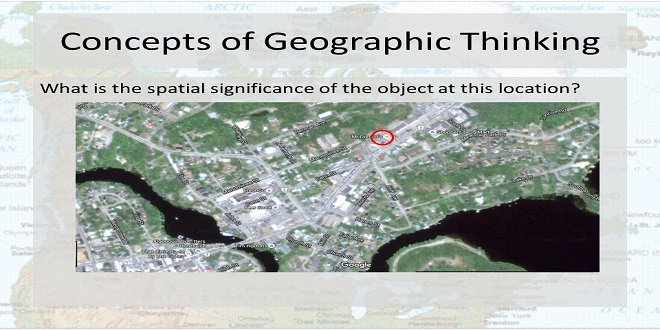The first step in making use of geographical information is to change the way you think about the word “information” in general. You need to think about information in terms of how it relates to its geographical location, rather than as the simple data it may describe. To do this you must change the key you use to identify the information
To Find Places
Imagine that you are stranded on the main street of a typical town, such as my hometown of Grantham. Although you know where you are, you are clueless about your surroundings. You do, however, have access to a computer.
The first rule of survival is to find something to eat, so you do a search on one of the various business directories on the Internet and find a list of restaurants easily enough. Table 1-1 shows a list of some of Grantham’s restaurants and their addresses. The list treats the information you’ve gained as simply a list of restaurants and their addresses.
To make use of information in this format, you either need to know Grantham and its streets really well or you need a map in order to make heads or tails of the addresses. You would then need to use both the list and the map to work out in which direction you need to begin walking and when and where you need to turn left or right.
If you aren’t familiar with Grantham, reordering the list by location — the most important piece of information — and combining that list with your map of Grantham would be much more useful, especially if you can show the location of the restaurants relative to your own.
The answer to the inquiry “who lives at this address?” think about address lookup, can be found with a reverse address lookup. Furthermore, it assists you in uncovering a multitude of facts other than the owner’s name, which can assist you in determining whether you can acquire that house or live freely in that neighborhood.
To Identify Photo Subjects
During a recent trip to New York City, my wife and I were amazed by how Manhattan doesn’t feel like an island when you are on the ground. That perception has a number of effects, one of which is that you can walk for miles around the island, visiting different places, without ever getting a really good perspective on where you are in relation to other places you’ve visited. The same can be true of photos: People tend to define the photographs they take in terms of the subject of the photo or the name of the site, and not by the relationship between that location and another one.
To illustrate the difference, I photographed the Brooklyn Bridge from two different locations. Figure 1-1 shows a photo I took of the bridge while standing on Manhattan Island. If you aren’t familiar with Grantham, reordering the list by location — the most important piece of information — and combining that list with your map of Grantham would be much more useful, especially if you can show the location of the restaurants relative to your own.
Final Thought
I took of the bridge, this time from the Staten Island Ferry. Both photos show the same object, and I could describe them as merely that: pictures of the Brooklyn Bridge. The problem is that, although both photos show something interesting, neither the generic description nor the photos themselves give you an idea of the relationship between the photos.
 Naa Songs
Naa Songs





